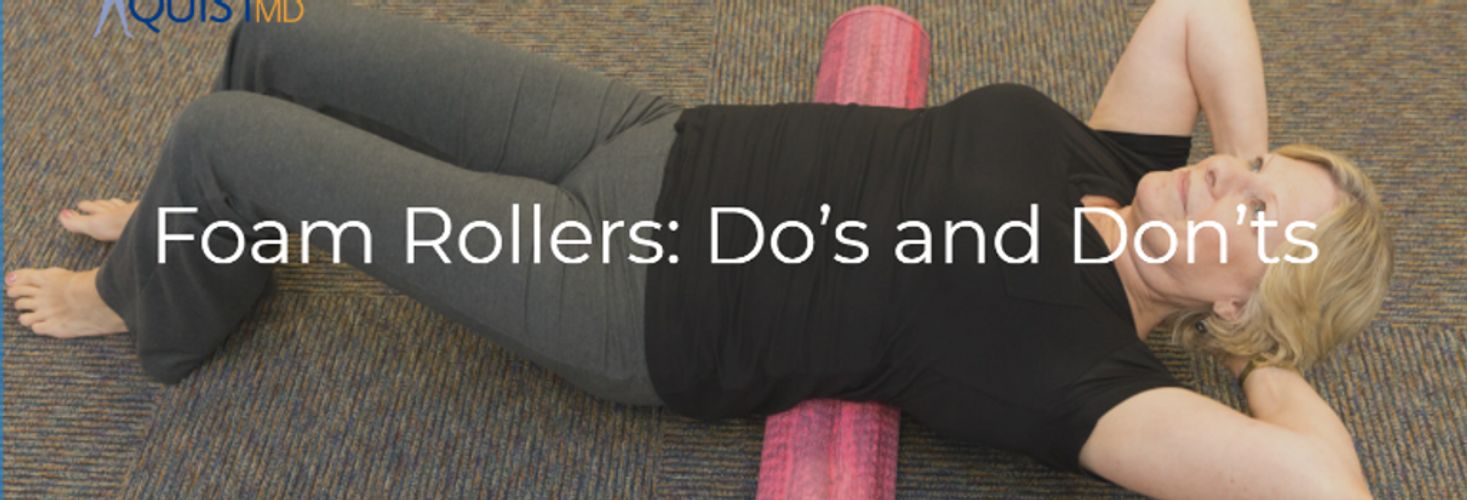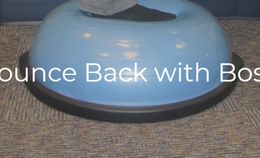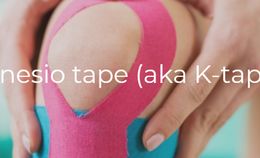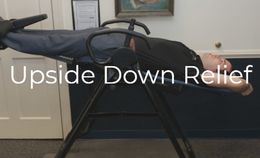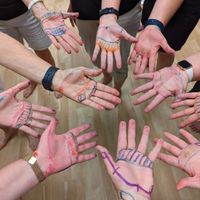It is without a doubt that foam rollers have emerged in every corner of athletic training rooms and homes over the past decade. Providing what is known as self-myofascial release, these cylindrical companions allow individuals to “roll out” their muscles and connective tissue, known as fascia, whenever they please. However, as their popularity has increased, misunderstanding of our foam friends has increased as well. Here are a couple of do’s and don’ts when it comes to foam rolling.
Don’t foam roll your iliotibial band, or IT band. It is common to see these exercises, and for a while coaches preached to stretch and roll the IT band. However, this does little to no good for you at the trade off of causing some major discomfort. The IT band is not a muscle, it does not stretch, and it has properties of both tendons and ligaments. It is supposed to be tight!
Do roll in areas around your pain. For example, if you have IT band syndrome, or pain at the outside of the knee, roll out your tissues just adjacent to painful areas. For the IT band, the areas to roll would be the glutes and hip instead. Painful or tender spots often come as a result of other muscular imbalances elsewhere in the body.
Don’t expect to perform better because you foam rolled prior to exercise or competition. A study by the Journal of Strength and Conditioning Research shows no difference in athletic performance when subjects were submitted to athletic tests after foam rolling (1). Think of foam rolling as more of a recovery exercise, and less of it as a substitute for stretching.
Do combine foam rolling and stretching, specifically Active Isolated Stretching, or AIS. Static stretching can at times hamper performance, but actively stretching and then foam rolling has been shown to increase range of motion and reduce muscle soreness post workout.
1. Healey K.C., Hatfield D.L., Blanpied P., Dorfman L.R., Riebe D. Jan 28, 2014. The Effects of Myofascial Release with Foam Rolling on Performance. Retrieved from http://www.ncbi.nlm.nih.gov/pubmed/23588488
Authored by David Pitts, Jr.

